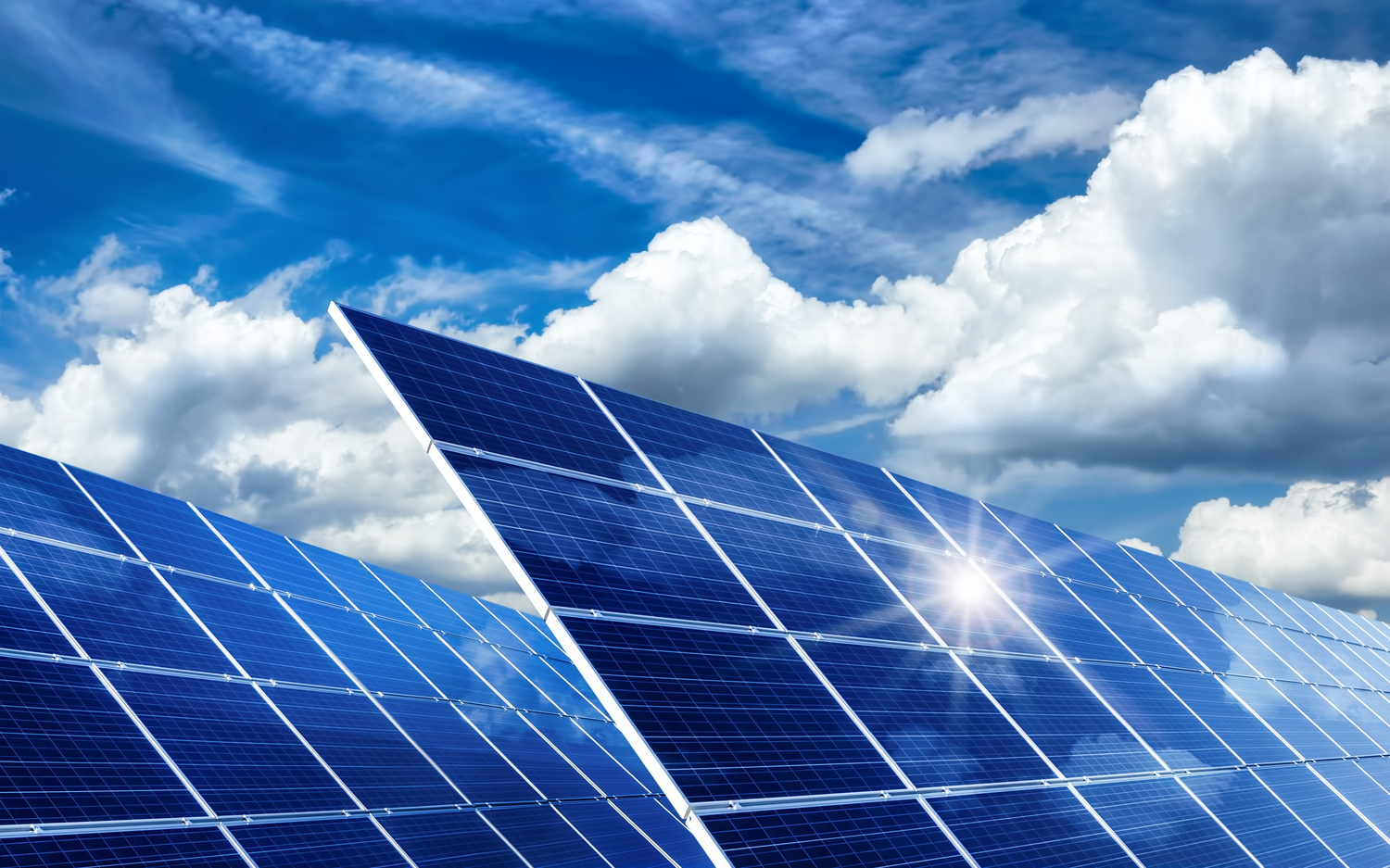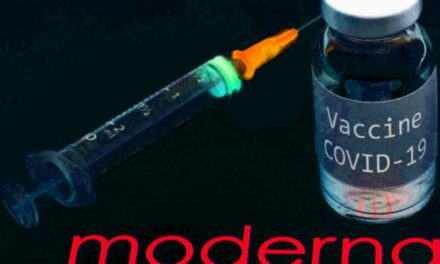Being cut off from electricity doesn’t just affect whether we can make a phone call or heat dinner; it affects a doctor’s ability to perform surgery, a police officer’s ability to respond to a 911 call, and a city’s ability to provide basic services to its citizens.
For these reasons and more, many experts are increasingly interested in making electricity a local affair. This idea, useful for both cost savings and for backup power, moves the main source of electricity away from remote large-scale plants to smaller local ones. This approach is called distributed energy.
Distributed energy devices can produce enough electricity to power a home, business, or small community, making them ideal backups for power when energy is cut from the main grid in the case of a power outage. They can be solar panels, small wind turbines, batteries, fuel cells or microturbines that connect directly to the home or local electrical grid, but their purpose is to meet the specific power needs of a local population.
“Until maybe about 10 years ago, we never accommodated people’s different energy needs—now we can,” said George Crabtree, director of Argonne’s Joint Center for Energy Storage Research center. “It may be the solar panel on my roof or the battery in my garage, but in the end, these different needs give rise to new technologies that give us a greater amount of choice, and ultimately, control.”
Large power plants have several major drawbacks. Firstly, they waste a lot of energy—about two-thirds —when converting fuel to electricity. Secondly, many of them sit idle for a good part of the year (on average about half the time) as they may only be needed to meet peak demand—usually the time of day when the majority of people come home in the evening. Thirdly, in shipping the power from the large stations to the consumer, we waste another 5-7% in transmission and distribution losses.
On the other hand, distributed systems present smaller, more flexible options. And because they are located close to where the power is needed, less energy is lost in delivery.
Distributed energy devices such as solar panels, fuel cells, microturbines, and batteries come in a variety of types and sizes, from as little as 1 kilowatt—enough to power ten 100-watt light bulbs—up to as much as 10,000 kilowatts, which might be enough to power a university campus or a neighborhood or community microgrid.
Single homes and small businesses can benefit from rooftop solar panels on sunlit days or portable natural gas generators in the evening. Hospitals and small towns that use considerably more energy can use a mix of microturbines, generators, and industrial-scale batteries.
However, tying these devices together in a way that allows them to communicate with electrical grid operators is a challenge. Each new device connected to the grid becomes another device that operators have to account for when balancing an area’s energy demand. As information-sharing between devices gets more complex, and as more consumers install distributed systems in their homes and communities, the next challenge becomes how to share data with local utilities so they can accurately respond to real-time energy demand.
Distributed energy resources are growing rapidly in some parts of the country. At the end of 2014, the U.S. had close to 650,000 solar-powered homes with a new a solar project installed every 2.5 minutes, and the grid has managed to handle it fine so far. “But if we’re talking about moving from coordinating distributed energy for tens of millions of people, we can’t even envision that amount of data,” said Argonne energy systems analyst Guenter Conzelmann. “We are talking about a very different scale than the one we are used to, and we just don’t have the systems in place to handle that right now.”
National grid operators are quite efficient at balancing energy supply and demand, because they can rely on hundreds of power plants to respond instantly each time a device is turned on or off. This type of balance becomes more challenging on smaller neighborhood scales.
“Controlling things on a smaller scale can be more challenging because you have fewer resources,” said Jianhui Wang, the head of Argonne’s Advanced Power Grid Modeling section. “The solar panels, the wind or gas turbines, the electric cars—all of these things have to communicate with to each other to balance out the demand and supply within that community, just as an electrical grid operator has to balance out a region.”
Figuring out how distributed energy systems will communicate effectively within a grid the size of a neighborhood is the focus of a new project on Chicago’s south side. Argonne and the Illinois Institute of Technology (IIT) are teaming up with electrical utility ComEd to build a microgrid in the Chicago neighborhood of Bronzeville.
A microgrid is a small community that can make and use most or all of its own power using a mix of distributed energy generators and energy storage units.
Argonne is working with ComEd, IIT, and a number of industry partners to develop advanced control system software to help this microgrid balance relatively few resources within a strictly defined area, while matching the energy demand of its community.
Though we’ll still rely on remotely-generated power, an increase in the number of distributed systems will decrease this reliance over time, Argonne experts say.
“That transition is going to happen, but you need to tie in all of these resources into the grid to be able to manage it,” said Argonne mechanical engineer Sreenath Gupta. “Thankfully, innovation is driving costs down, which is definitely going to help increase the adoption of these types of technologies.”
By Argonne National Laboratory
(Source: nanowerk.com; March, 8, 2016; http://tinyurl.com/j8b7fnq)













